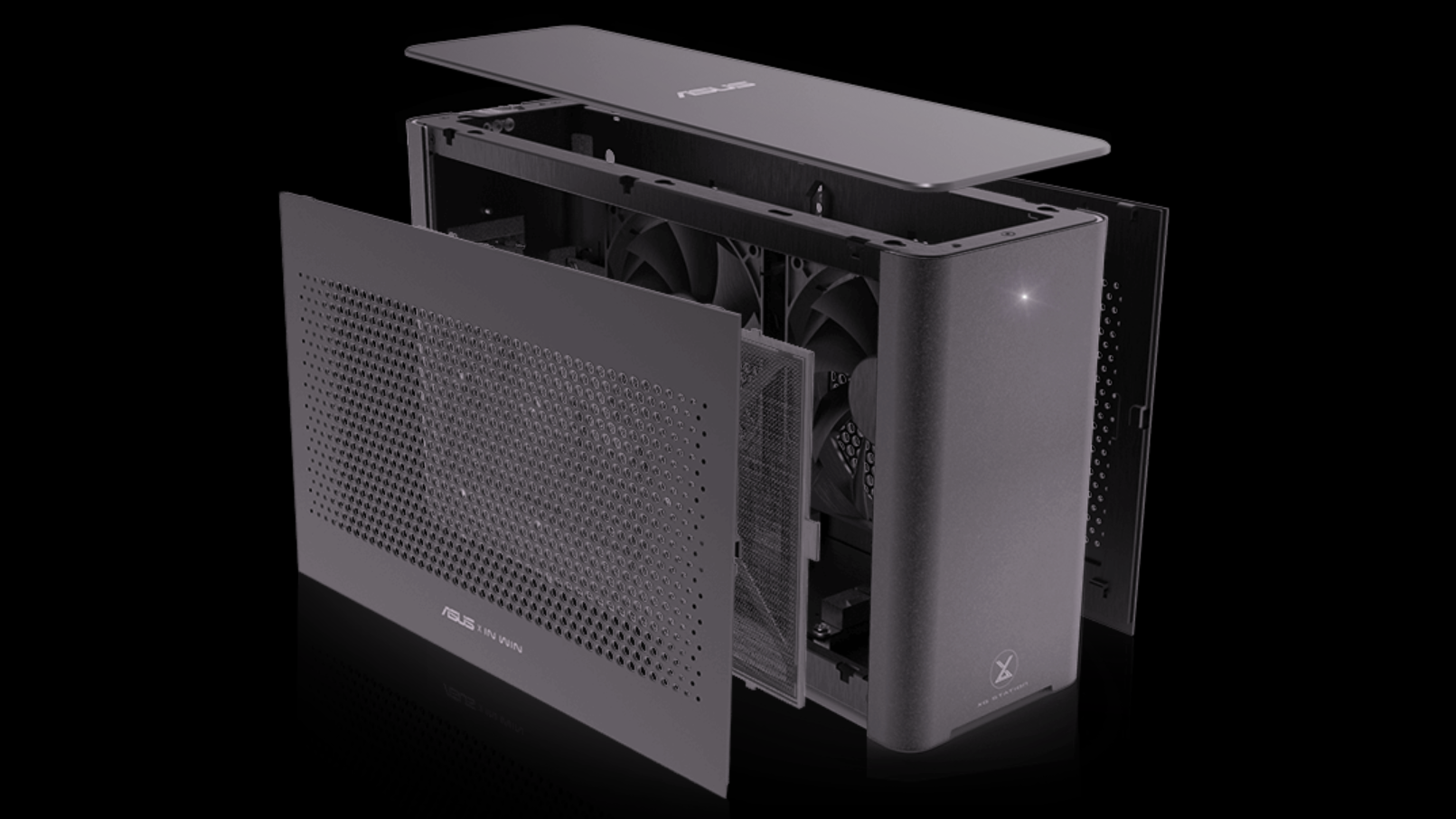
Yesterday on Twitter, noted independent open source developer DontStealMacOSY released his own XG_Mobile_Station documentation on GitHub. The documentation includes a detailed run-through of how he reverse-engineered Asus' XG Mobile connector to create an open-source GPU docking station for Asus ROG Ally and ROG Flow—or as a drop-in upgrade for the original XG Station Pro, which didn't have an XG port.
Among eGPU docking solutions, there is an understood pecking order at which basic USB plummets to the bottom, and solutions like the high-bandwidth, low-latency OCuLink dominate over even Thunderbolt— but proprietary solutions like Asus' XG Mobile interface also tend to be quite performant. With some devices, eGPUs are best used (or only used) with those proprietary solutions. In the case of the two recent Asus devices this is targeted at, the ROG Ally and the ROG Flow, it's worth noting that neither device supports the faster OCuLink connector (~16 GB/s) but does support the proprietary XG connector (~8 GB/s), which approximates PCIe Gen 3 at x8 lanes for ROG Flow and just x4 lanes for ROG Ally.
According to the official development diary posted by Osy on GitHub, this project was inspired by the discovery of ROG Flow X13 schematics, which gave a pinout listing of the XG Mobile connector and the existence of the cable itself for individual sale from Asus. Using the information available, Osy could find the origin of the three proprietary board connectors (one 8-Pin, two 40-Pin) and confirm that each part needed to make one's own XG Mobile cable, which was freely available for purchase.
The final process included creating a fully custom board that would map all 86 of the XG connector pins to 2 40-pin I-PEX connectors and applying that board to the classic Asus XG Station Pro to make it compatible with XG Mobile and not stuck on Thunderbolt 3. Four Revisions were needed to iron out all the bugs, with Rev. 1 having many power errors when tested with ROG Ally and Rev. 2 containing USB shorting issues and swapped PCIe TX and RX lanes.
The penultimate Revision, Rev. 3, fixed nearly all of the major issues and finally made the docked RTX 3060 Ti visible to the ROG Ally. However, display detection did not work on reboot, and fixing that took yet another week. The current final Revision, Rev. 4, addressed those problems and also ironed out some signal integrity and assembly cost issues.
The final XG_Mobile_Station project still requires a popular eGPU script to fix display detection with Nvidia GPUs. Still, the reverse-engineered eGPU docking station is otherwise fully compatible with the target ROG Ally and ROG Flow devices. While it can be used as a replacement PCB for the original XG Station Pro, it can also be used entirely independently, though, of course, you'll need to bring your own PSU and GPU housing at that point. Once you're all done, your new or upgraded Dock should still be compatible with Asus' Armory Crate software and identify it as an official XG Mobile Docking Station.







